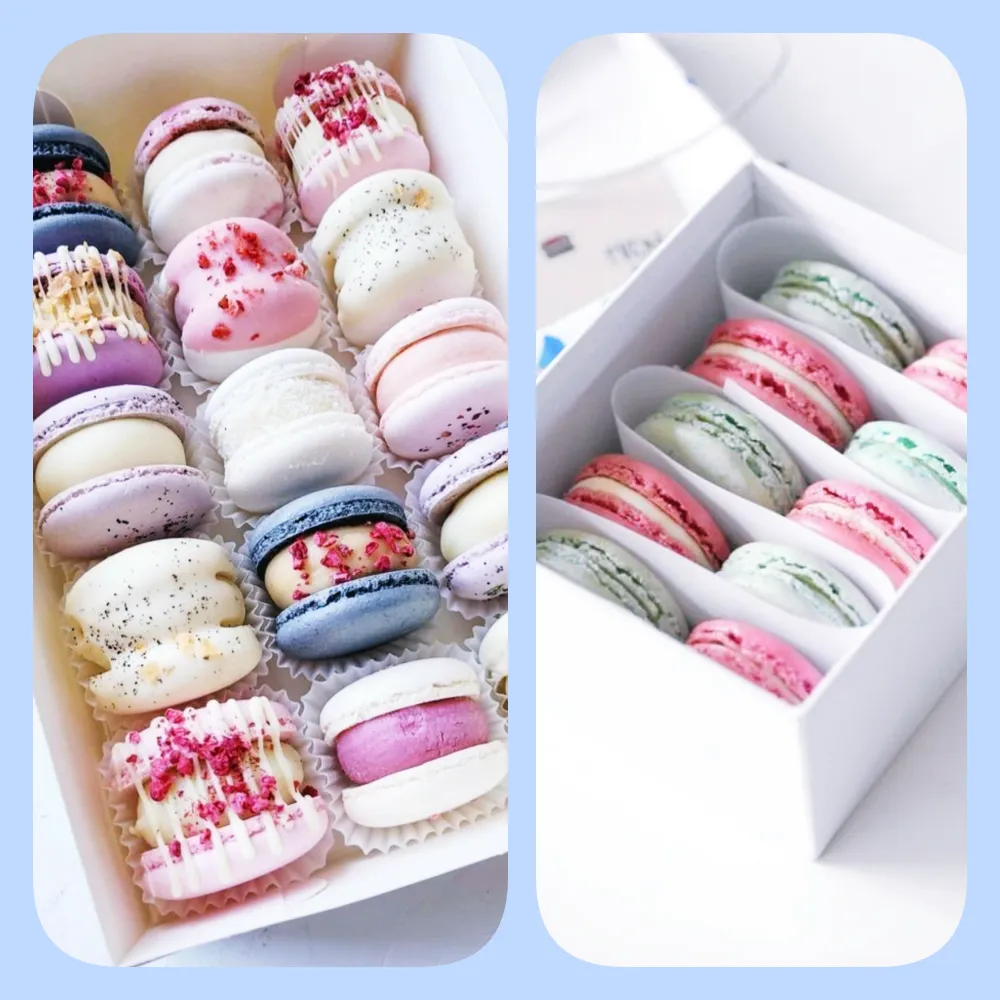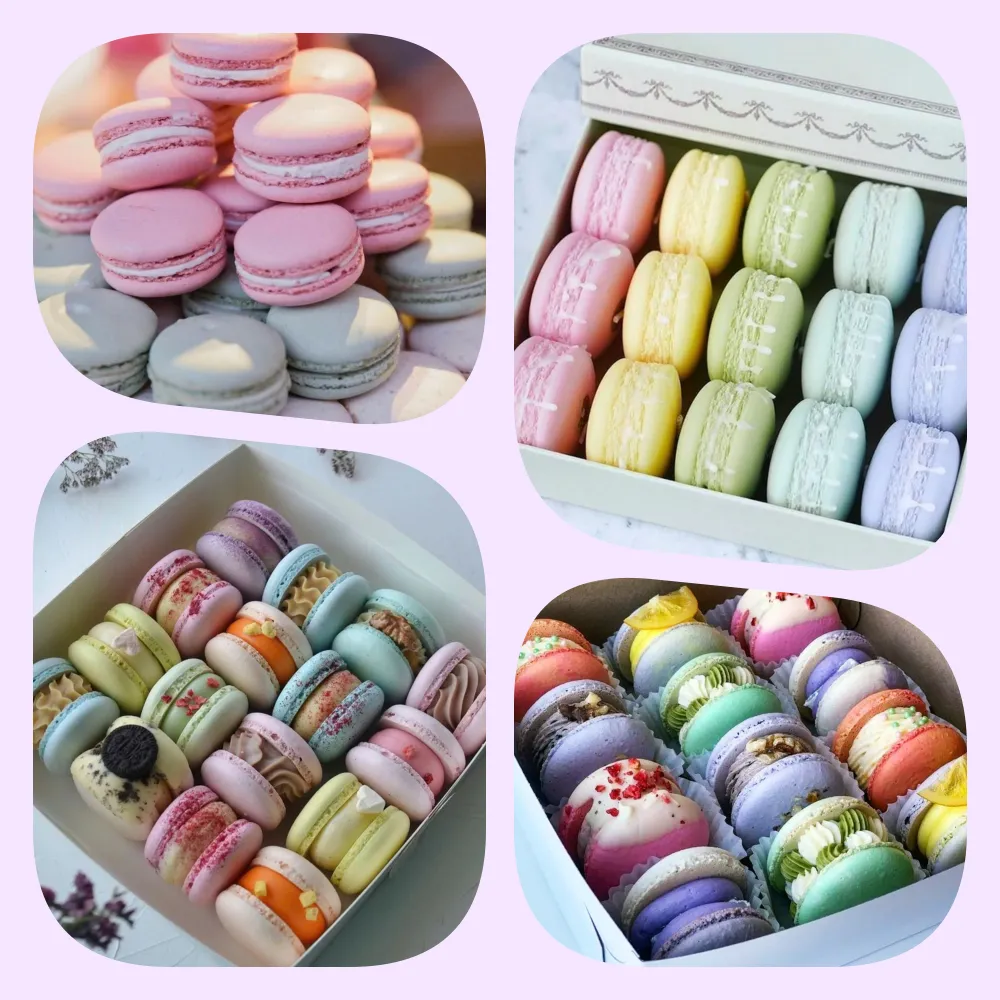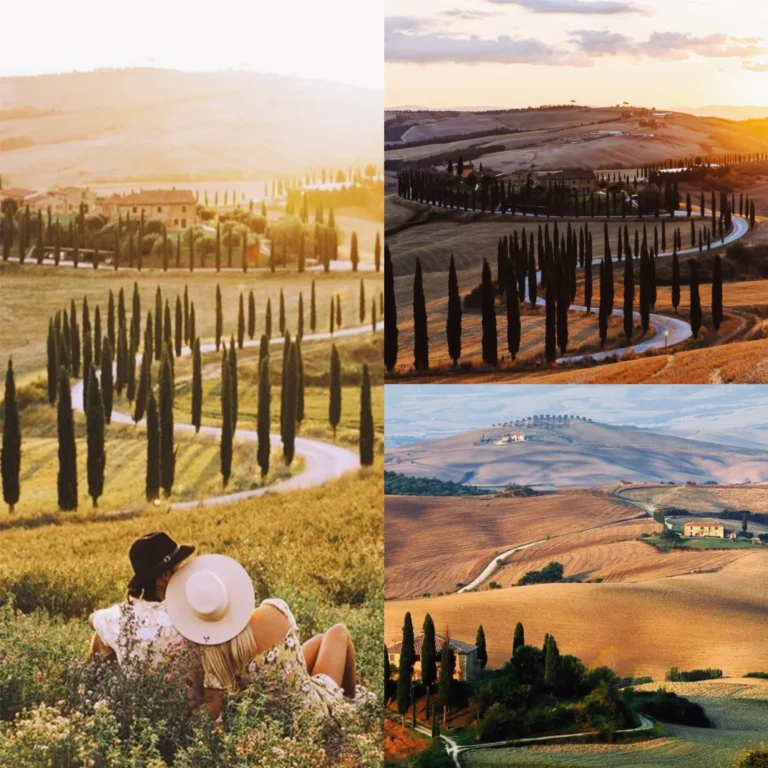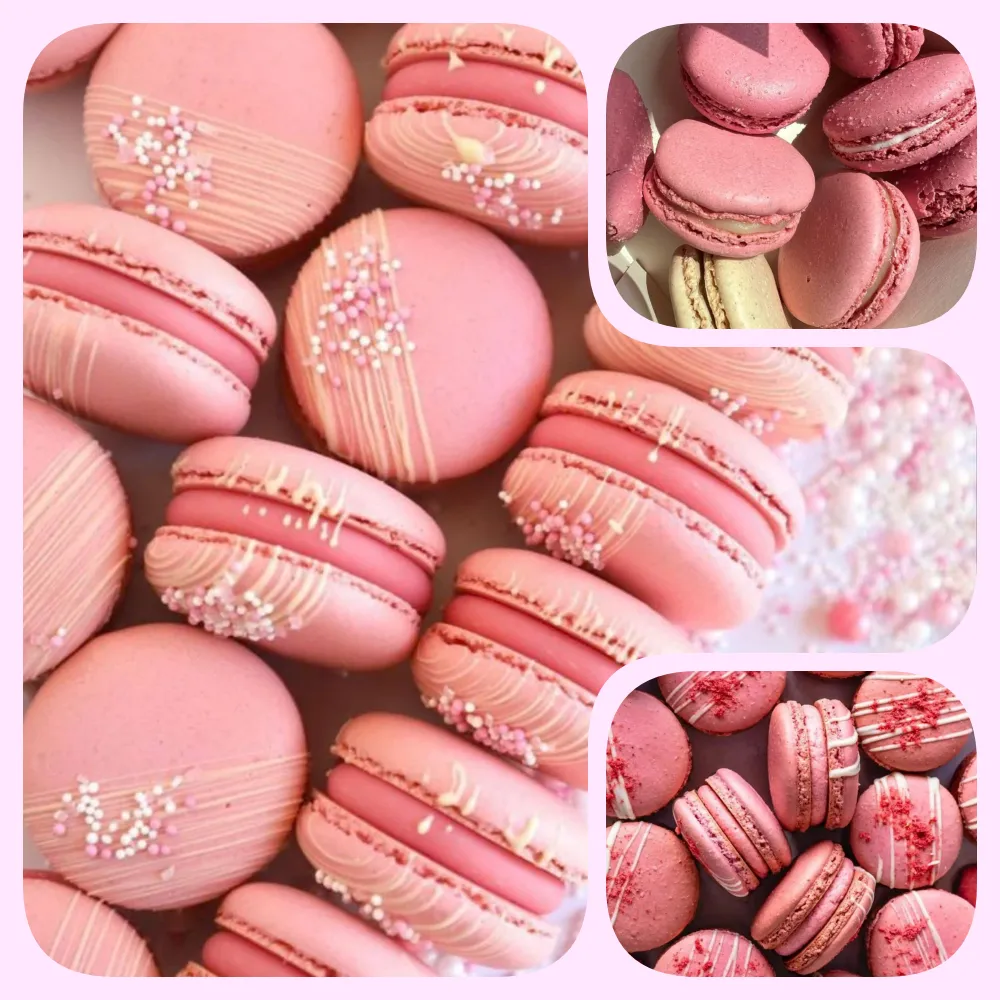
Macaron: The Luxurious Pastry and Its Hidden Secret
Macarons – those small, elegant pastries – have become a symbol of luxury and refinement, especially when associated with French culture. But why are these tiny treats so expensive? It’s not just the premium ingredients but also the craftsmanship and effort behind each delicate bite, alongside some fascinating secrets hidden beneath their crisp shells.
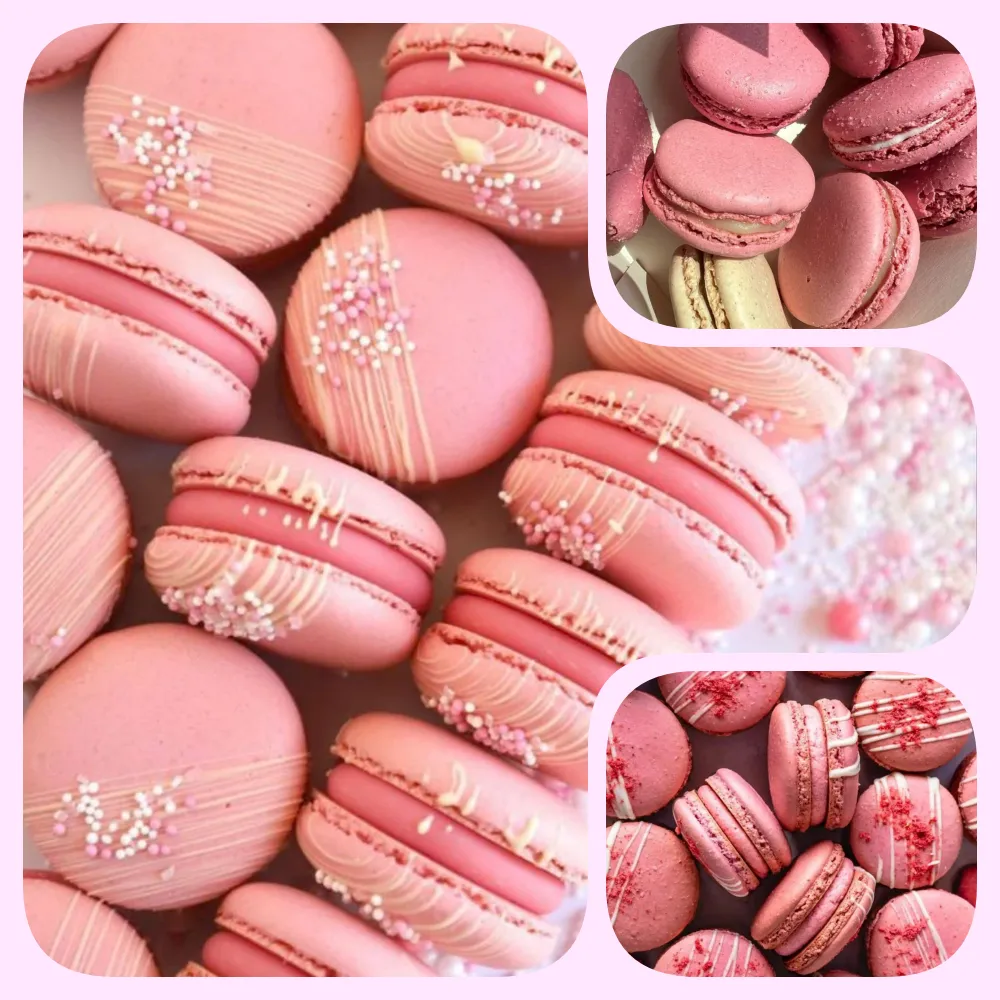
A Journey From Italy to France: The Origin of Macaron
When talking about Paris, two things often come to mind: the Eiffel Tower and macarons – one of the city’s culinary icons. But surprisingly, macarons are not originally from France. Legend has it that macarons were brought to France by Catherine de’ Medici, an Italian noblewoman, when she married King Henry II of France. Along with her, she brought her personal chefs and the recipe for these cookies. Initially, they were simple round biscuits, but over time, the French added their twist, creating the macaron we know today, complete with a delicious filling sandwiched between two shells.
Macaron and Ladurée – The Epitome of Elegance
Today, macarons are synonymous with sophistication, especially when associated with the iconic Parisian patisserie, Ladurée. Before the pandemic, Ladurée sold around 12,000 macarons every day – amounting to over 4 million macarons a year. This staggering number showcases the love and admiration people have for this petite pastry. According to Spoon University, macaron sales surpass those of other famous French pastries, such as éclairs and gateaux.
Macarons’ Rise to Global Fame Through Cinema
Macarons’ global recognition wasn’t limited to France. Their rise to international fame can partly be attributed to the 2006 film Marie Antoinette directed by Sofia Coppola. The film featured vibrant scenes of the French queen surrounded by colorful macarons, all provided by Ladurée. After the movie’s release, macarons became a sensation across North America and Asia. In fact, March 20th has since been celebrated annually as “Macaron Day” in honor of this elegant and colorful treat.
Macaron vs. Macaroon: Don’t Get Them Confused!
Many people often confuse macarons with macaroons. Despite only differing by one “o” in their names, the two pastries are worlds apart. Macarons are delicate almond-based cookies with a soft filling, while macaroons are coconut-based and much denser. Both are delightful in their own right, but it’s essential to know the difference!
Why Are Macarons So Expensive?
At first glance, macarons may appear simple – two crisp shells with a filling in between. So, it can be surprising to see how pricey they are. A box of six macarons from a renowned Parisian bakery typically costs around 18-20 euros. But what makes them so costly?
Firstly, the ingredients used in macarons are premium. Almond flour, one of the main components, is significantly more expensive than regular flour. Egg whites are also a key element in creating the light, airy shells, but only the whites are used, meaning the yolks are discarded, adding to the cost. Additionally, the fillings often include luxurious ingredients like high-quality chocolate or exotic flavors.
Besides the ingredients, the process of making macarons requires exceptional skill. Not every pastry chef can master the art of creating perfect macarons. Even experienced chefs can struggle to achieve the right balance of texture and flavor. The baking process is considered tricky, with precise control over time and temperature being essential. As a result, the cost of a macaron also covers the potential failures in the kitchen and the extensive effort chefs put into perfecting each batch.
Macarons: A Dessert Beyond Just Flavor
More than just a sweet treat, macarons embody a sense of cultural and historical refinement. From their roots in Italy to becoming a symbol of French elegance, macarons represent a harmonious blend of culinary traditions.
So, the next time you enjoy a macaron, you’re not just indulging in a delightful dessert but also savoring a piece of culinary history and artistry, intricately woven into each bite.
